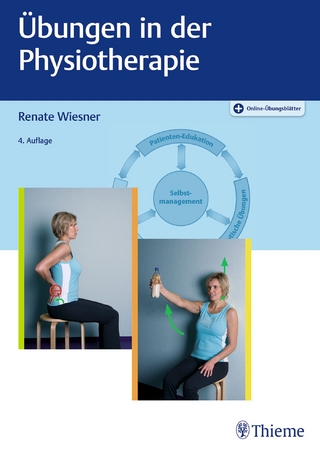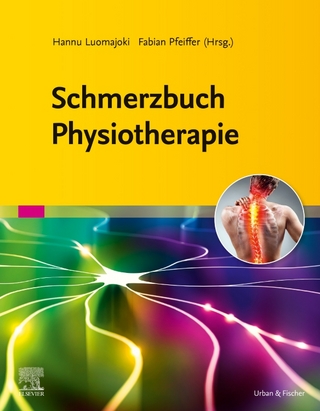
A Polymer Cochlear Electrode Array: Atraumatic Deep Insertion, Tripolar Stimulation, and Long-Term Reliability
Springer Verlag, Singapore
978-981-13-4424-4 (ISBN)
This book describes the design, fabrication and evaluation of a polymer-based neural interface for a cochlear electrode array, reviewed in terms of fabrication process, functionality, and reliability. Polymer-based devices have attracted attention in the neural prosthetic field due to their flexibility and compatibility with micro-fabrication process. A liquid crystal polymer (LCP) is an inert, highly water-resistant polymer suitable for the encapsulation of electronic components and as a substrate material for fabricating neural interfaces. The author has designed, fabricated, and evaluated an LCP-based cochlear electrode array for an improved polymer-based cochlear implant. The thesis deals with 3 key topics: atraumatic deep insertion, tripolar stimulation, and long-term reliability. Atraumatic insertion of the intracochlear electrode and resulting preservation of residual hearing have become essential in state–of-the-art cochlear implantation. A novel tapered design of anLCP-based cochlear electrode array is presented to meet such goals. For high-density and pitch-recognizable cochlear implant, channel interaction should be avoided. Local tripolar stimulation using multi-layered electrode sites are shown to achieve highly focused electrical stimulation. This thesis addresses another vital issue in the polymer-based neural implants: the long-term reliability issue. After suggesting a new method of forming mechanical interlocking to improve polymer-metal adhesion, the author performs accelerating aging tests to verify the method’s efficacy. The aforementioned three topics have been thoroughly examined through various in vitro and in vivo studies. Verification foresees the development of LCP-based cochlear electrode array for an atraumatic deep insertion, advanced stimulation, and long-term clinical implant.
Dr. Tae Mok Gwon was a member of the NanoBio-electronics & Systems Laboratory, Department of Electrical and Computer Engineering, Seoul National University, Korea. He is currently a Senior engineer at Semiconductor R&D center, Samsung Electronics Co., Ltd..
Abstract.- Contents.- List of Figures.- List of Tables.- List of Abbreviations.- Chapter 1 Introduction.- 1.1 Overview of Neural Prostheses and Cochlear Implants.- 1.2 Review of Cochlear Electrode Arrays.- 1.3 Proposed Polymer Cochlear Electrode Array.- 1.4 Long-Term Reliability of Polymer-Based Neural Prostheses.- 1.5 Objectives of the Dissertation.- Chapter 2 Materials and Methods.- 2.1 Liquid Crystal Polymer (LCP).- 2.2 Cochlear Electrode Array for Atraumatic Deep Insertion.- 2.3 Polymer Electrode Array for Tripolar Stimulation.- 2.4 Long-Term Reliability Analysis of LCP-Based Neural Implants.- Chapter 3 Results.- 3.1 LCP-Based Cochlear Electrode Array for Atraumatic Deep Insertion.- 3.2 Polymer Electrode Array for Tripolar Stimulation.- 3.3 Long-Term Device Reliability.- Method.- Chapter 4 Discussion.- 4.1 LCP-Based Cochlear Electrode Arraysfor Atraumatic Deep Insertion.- 4.2 Power Consumption and Stimulation Threshold of Tripolar Stimulation.- 4.3 Technical Strategies toImprove Device Reliability.- 4.4 Review of Long-Term Reliability of LCP-Based Devices.- Chapter 5 Conclusion.- References.
| Erscheinungsdatum | 21.01.2019 |
|---|---|
| Reihe/Serie | Springer Theses |
| Zusatzinfo | 62 Illustrations, black and white; XXV, 88 p. 62 illus. |
| Verlagsort | Singapore |
| Sprache | englisch |
| Maße | 155 x 235 mm |
| Themenwelt | Medizin / Pharmazie ► Physiotherapie / Ergotherapie ► Orthopädie |
| Technik ► Elektrotechnik / Energietechnik | |
| Technik ► Maschinenbau | |
| Technik ► Medizintechnik | |
| ISBN-10 | 981-13-4424-8 / 9811344248 |
| ISBN-13 | 978-981-13-4424-4 / 9789811344244 |
| Zustand | Neuware |
| Haben Sie eine Frage zum Produkt? |
aus dem Bereich


